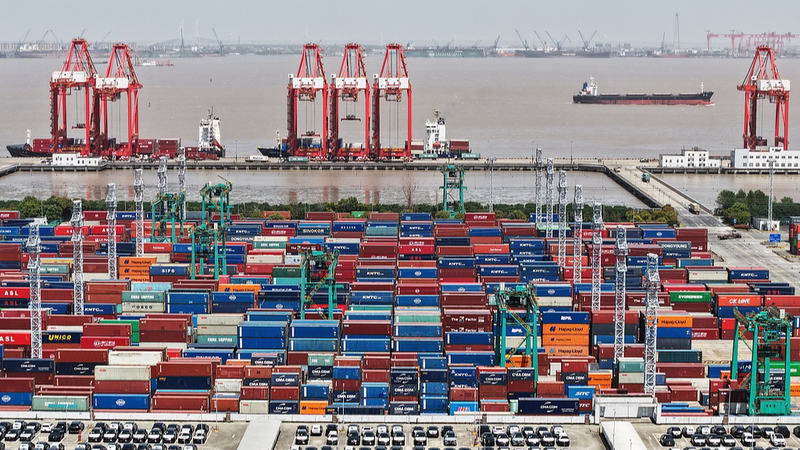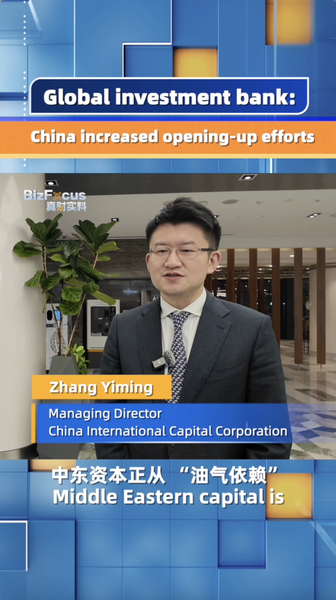In a bold policy move, China has implemented a zero-tariff plan for 43 least-developed countries (LDCs) with which it maintains diplomatic relations. This initiative, announced at the end of 2024, comes as a welcome change after a period of intense global trade disruptions caused by high tariffs in previous trade tensions.
The policy covers 43 LDCs, including 33 in Africa, eight in Asia, and two in Oceania. According to United Nations data, nearly 900 million people reside in these countries, making up about 12% of the global population. Despite their large numbers, LDCs contribute only around 2% of the global economy and account for roughly 1% of global trade.
This strategic decision marks a shift toward a more inclusive global trade framework. By removing tariffs, China aims to enhance market access for these nations, potentially unlocking untapped economic potential and encouraging investments. Experts believe this approach could help drive sustainable growth and foster stronger economic ties, benefiting entrepreneurs, tech innovators, and digital natives worldwide.
As the global economy continues to evolve in the post-tariff era, China's zero-tariff policy may set a precedent for fostering fairer trade dynamics. The move is being seen as a step toward creating a more balanced economic landscape, opening new avenues for collaboration and innovation across borders.
Reference(s):
China's zero tariff policy for LDCs benefits global economy growth
cgtn.com




